Two-year-old Kristy makes a train across Mommy and Daddy’s bed by lining up Daddy’s socks heel to toe. Natalie, 21 months, adorns her arm with cookie cutters, points and says, “See b’acelets.” Both of these toddlers are expressing creativity.
Creativity is making something new from something old. When Natalie dons the cookie cutters for bracelets, she is taking old knowledge and using it in a new way. It may not be new to the world, but it is new to her. Kristy is using past experiences of her life to express creativity when she sees a relationship in an actual train and the sock train she winds around the bedroom. Children often see relationships in unrelated things … an element of creativity.
Dr. Carl Rogers, past professor of psychology at Harvard University, defines creativity as “the emergence of a novel product, growing out of the uniqueness of the individual on the one hand, and the materials, events, people, or circumstances of his life on the other.”
How Creative Is Your Child?
Creativity is not measured by intelligence tests, and experts disagree concerning the relationship between intelligence and creativity. Most of them agree, however, that an individual’s intelligence can determine the quality of the creativity. A study by Donald MacKinnon, at the Institute of Personality Research, found a high degree of self-acceptance, confidence, sheer energy, and a whole-hearted commitment to the chosen task as being more consistent than intelligence in highly creative individuals.
Creative children have certain traits in common at a young age. Can you observe the following traits in your child?
•Is your child very curious? “Where do rainbows come from?” “How do frogs hop?” “Why is cotton soft?” Such questions may be bothersome to some adults, but curiosity is an essential ingredient of creativity as children constantly try to make sense of their world.
•Does his play reflect imagination? Creative children invent new games with their playmates. They act out fantasies and experiment a great deal. A playful, imaginative childhood is vital to the growth of creativity.
•Does she use analogies, metaphors, or other forms of creativity in her speech? Four-year-old Maddie was out walking with her mother when a cloud suddenly screened the sun. “Mama, what happened to the sun?” she asked. Her mother gave an absent answer about the clouds. But Maddie, unable to settle for such a dull explanation, said, “Oh, I know. I bet the sun’s mother called it in to eat its lunch.”
Three-year-old John doesn’t understand why he can’t go outside when “It’s only mommy-dark,” he declares, describing dusk. This is in contrast to nighttime, which he calls daddy-dark. Likewise, a large serving of cake is a daddy-slice and a medium piece is a mommy-slice.
•Does he challenge authority? Typical is the preschooler who asks, “Why do I have to go to bed now? You aren’t.” Creative children sometimes rationalize their behavior with what they see others in their life doing.
•Is she intensely animated? Describing a playground game, Ava’s eyes sparkle, she excitedly waves her hands, and her cheeks are flushed. Creative children become engrossed in their current project or game. They are eager to tell of their discoveries and often rush on to complete sentences for others.
•Does he like to guess outcomes? Creative children like to guess the ending to the story or movie. Before they complete an experiment, they are usually confident of the outcome. The fun of many activities is predicting the end result, and a wrong guess leaves them undaunted and eager for more.
When Society Blocks Creativity
Unfortunately, many children meet with barriers that hinder their natural creativity. Society in general is downright savage toward creative thinkers, especially when they are young, according to E. Paul Torrance, PhD. Torrance developed the Torrance Tests for Creative Thinkers, and the Torrance Center for Creativity and Talent Development at the University of Georgia is named for him.
Well-meaning Ashley, busy mom of two preschool boys, tells her sons: “Come on, it’s naptime. You don’t have time to watch the ants.” But such observations by young children are necessary to foster creative behavior. If parents could slow down and practice viewing the world through the eyes of their child, the result would be more creative kids.
Often, creative behavior is mistaken for misbehavior. “Don’t touch the snow. It’ll freeze you,” instructs Miss Kelly during a winter walk with her kindergarteners. Imagine the burden placed on 5-year-olds expected to heed these words. Children are eager to explore and experience life – two essentials for developing creativity. Parents and teachers who discourage such eagerness are, in effect, discouraging creative behavior.
Conformity and rigidity are true enemies of creativity. The things society often values, such as the old rule that children should be seen and not heard, is not a formula that produces creative thinkers. Parents who nurture creative behaviors allow, and often encourage, their children to “color outside the lines.”
Coloring Outside the Lines
Providing a stimulating and accepting environment enhances creativity. Dr. Torrance stresses that the creative imagination should be “energized and guided” from birth.
Use the following suggestions as a springboard for meeting this goal:
•Explore with common materials. Plant seeds in egg cartons. Provide plastic squirt bottles for water play. The water can be tinted with food coloring for painting on sidewalks or driveways. And by all means, enjoy a sandbox.
•Help your child be more observant. Encourage him to really look and see. Go on a rock find together. Ask questions such as: “How are these rocks alike? How are they different?” Accept his answers even though they don’t match yours. Group the rocks by size or shape, or have him describe how they feel.
•View your child’s errors as a desirable and necessary part of learning. Parents often react negatively to spilled milk or a broken toy. If children are criticized each time they make a mistake or do something different, it’s unlikely that creativity will thrive.
•Encourage your child’s independence. Give her real choices. Try letting her choose which outfit she’ll wear or where to eat occasionally. Involve your child in rulemaking and choosing appropriate correctives when rules are broken. Self-confidence grows with independence and a self-confident child will be a more creative child.
•Encourage social relationships. Children have different ideas for play and different takes on life. Through early social relationships, children learn to express themselves in different ways, and they learn the give-and-take of inventive play. Social relationships also help develop self-confidence.
•Value fantasy. Act out stories with your child. Dance together. Let yourself be seen in nonconforming roles at times. How long has it been since you made mud pies? Many child psychologists argue that depriving children of the early imaginative phase could prevent them from ever doing anything creative later on.
The Best Gift Money Can’t Buy
It seems that creativity is best promoted in the early years, when a child’s major influence is still his parents. If you give creativity a strong base then, it will surely flourish later, even into adulthood.
By encouraging creativity in your child, you are giving him a gift that will last a lifetime.
Posted in: Art & Music
Comment Policy: All viewpoints are welcome, but comments should remain relevant. Personal attacks, profanity, and aggressive behavior are not allowed. No spam, advertising, or promoting of products/services. Please, only use your real name and limit the amount of links submitted in your comment.
Trackbacks
Leave a Reply
You Might Also Like...
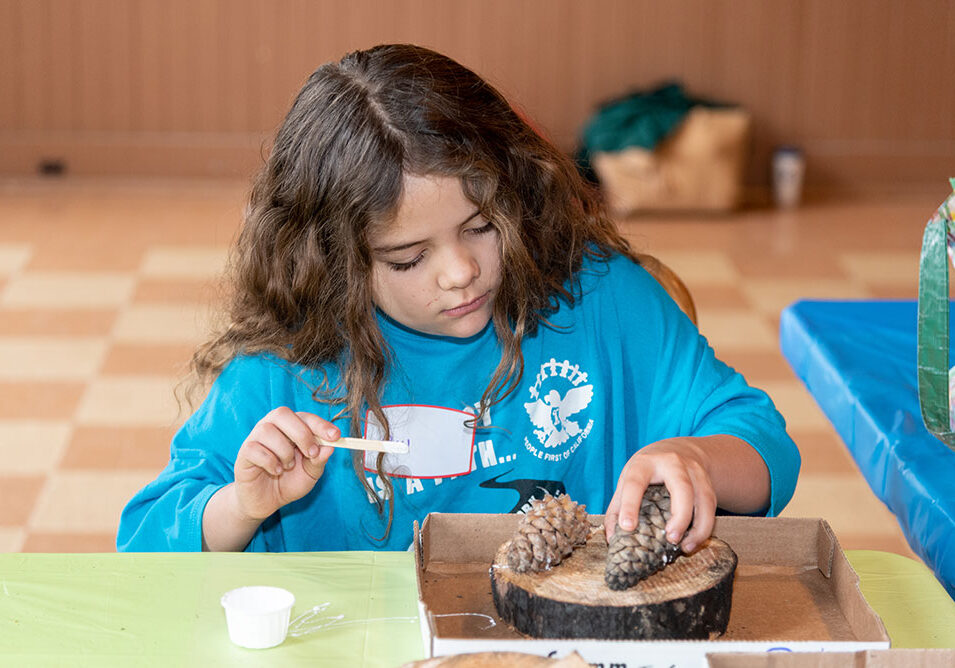
ART from Ashes Youth Workshops
During the wildfire season of 2007, over 9,000 separate wildfires burned approximately 1.5 million acres in California. Out of this devastation the nonprofit ART from the Ashes (artfromtheashes.org) was created. […]
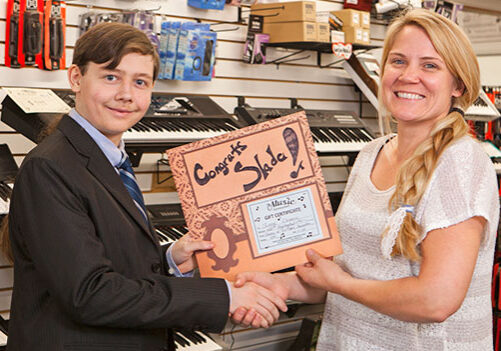
2013 June Musical Contest Winner: Slade Patrick Darrin of Paradise
North State Parent and The Music Connection of Chico and Redding congratulate Slade Patrick Darrin of Paradise, winner of our 2nd annual teen music essay contest and $400 gift certificate […]
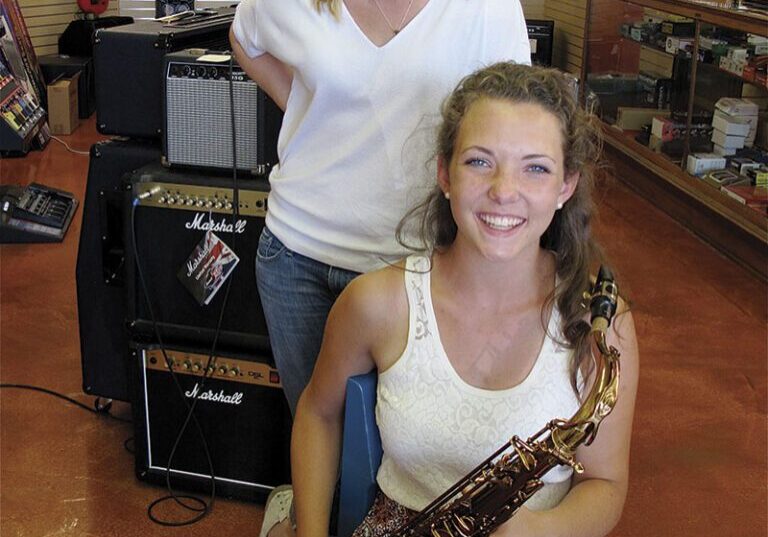
2014 June Musical Contest Winner: Adele Duval
North State Parent and The Music Connection of Chico and Redding congratulate Adele Duval of Redding, winner of our 3rd annual teen music essay contest and $400 gift certificate from […]
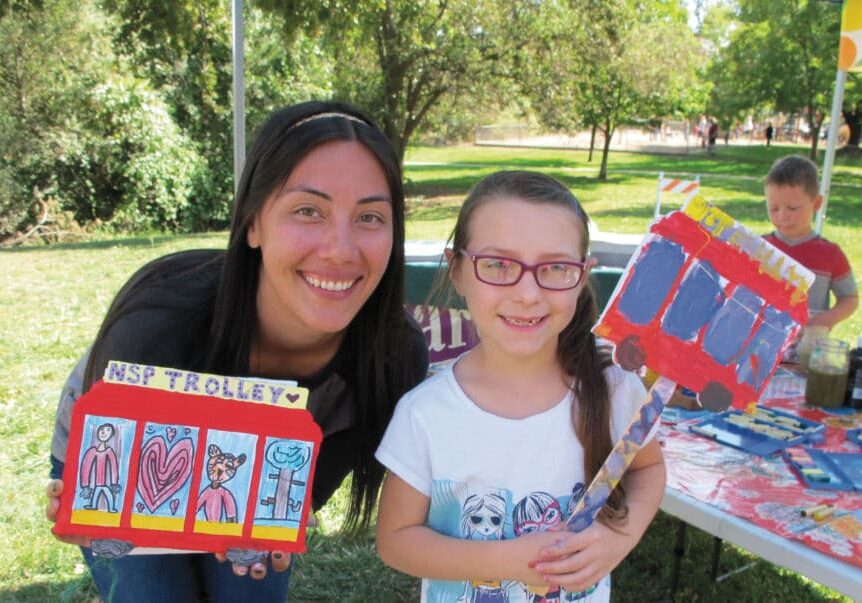
Art In Any Form Has Lasting Benefits for All Ages
When we think of how children grow through play, that growth encompasses many forms, including sports, games and art. Children naturally love art – painting, drawing, making music, the theater. […]


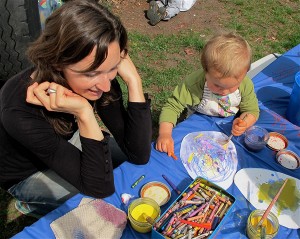
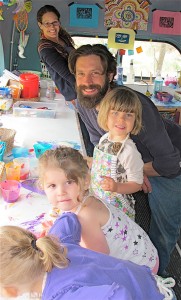
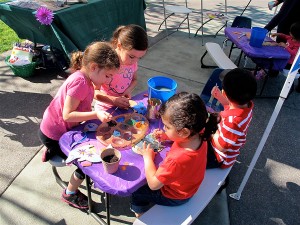
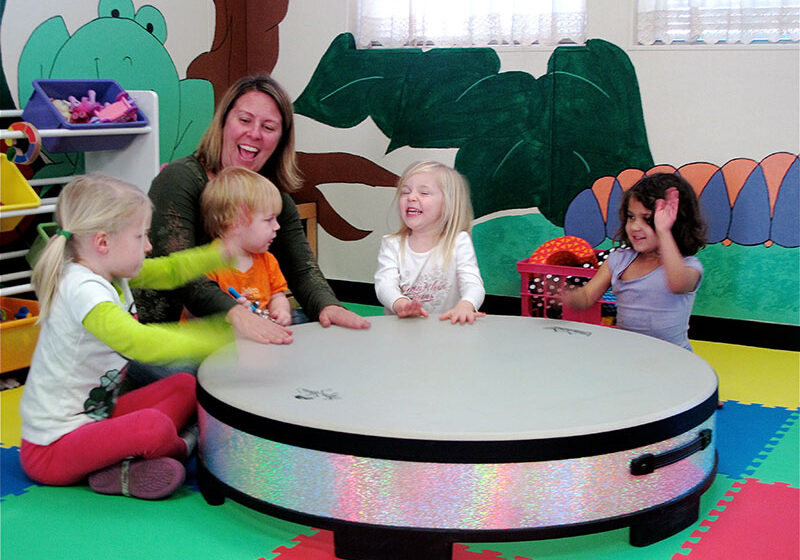

Color Outside The Lines
[…] intelligence tests, and experts disagree concerning the relationship between in […]